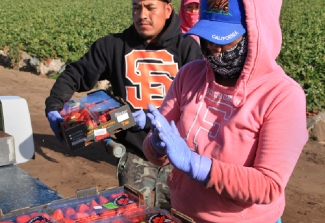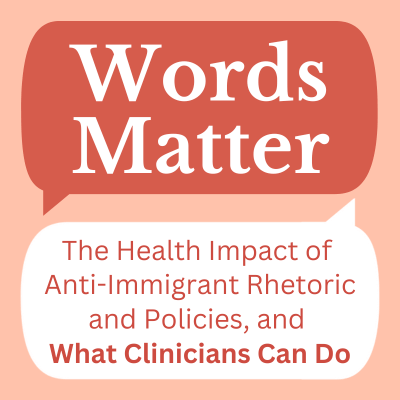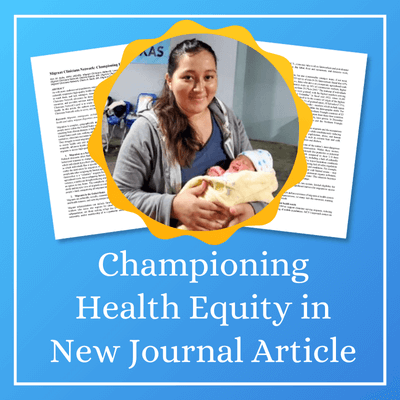Next Steps: Keeping Essential Workers Essential, After the Pandemic

Photo: (c) www.earldotter.com
[Editor’s Note: April 28th is Workers Memorial Day. Every year, we honor those workers who have died on the job by pushing for better protections to prevent future deaths. This year, as the COVID-19 pandemic rages on, the need for better protections for the health of our essential workers is indisputable.]
For perhaps the first time in American history, farmworkers have been recognized as essential. While their manual labor has been the backbone of our agricultural systems for a century, farmworkers have rarely been treated as essential to our economy, with fewer worker protections, poverty-level wages, unstable work, and insufficient or unreliable access to health care, all of which have dire health consequences. Many farmworkers are finding themselves out of work, as our agricultural systems falter from the closure of restaurants and school cafeterias, with few or no social services available to assist them. Anecdotally, farmworkers who still have jobs tell us that, in response to the pandemic, many are stepping up to the need and working longer hours. Certainly, they need to take advantage of work while it’s available, but long hours employed in physical labor increases the risk of injury. As the pandemic hit, dozens of mainstream news articles began to cover the vulnerability of workers in the fields and meat processing plants that the country relies on to produce and process our basic foods. Largely, reports have concluded that in the absence of federal and/or state level guidance and enforcement, COVID-related worker protections have varied wildly between companies, with some workplaces taking extensive precautions and others taking none at all. Can we convert all of the long overdue recognition that food system workers have gained into fair and equal treatment that lasts beyond the pandemic?
Meanwhile, among the clinicians who serve agricultural workers at community health centers around the country, fear and anxiety continue to grow. Over a month into the pandemic, personal protective equipment remains stretched dangerously thin, including at health centers, where clinicians are taking care of symptomatic and asymptomatic patients. The abrupt end to in-person visits has reshaped health center revenue, leading some health centers to lay off staff despite emergency relief funds from HRSA and other federal programs and a rapid embrace of and reimbursement for telehealth. Outreach work and other critical enabling services have been suspended in some parts of the country at a time when agricultural workers are reporting limited resources to understand and respond to COVID-19. Looking ahead, health systems that have reduced staffing levels will see a surge of need from patients who avoided care during the worst of the crisis. Economic fallout will have its own health consequences, particularly on patients like farmworkers who already encounter numerous other health stressors. Clinicians will have their own trauma and exhaustion to overcome, in order to continue serving patients.
For both groups -- agricultural workers and the clinicians who serve them -- the pandemic not only reveals their status as “essential” in our larger society, it also exposes the fragility of the systems in which they work. As the nation begins to look forward again into the recovery phase, it is critical to build long-term stable structures to stabilize farmworker health and well-being and better support the clinicians who serve them.
“As the COVID-19 pandemic continues, government leaders are anxious to reopen the economy, but that cannot be at the expense of our essential workers’ health and well-being.” said Karen Mountain, MSN, RN, Chief Executive Officer of Migrant Clinicians Network. “Farmworkers need protection so they can keep our food system in operation. Clinicians need the basic equipment to see patients, and our outreach workers in particular need to be empowered to do what they do best: equip the community with the resources to stay safe.”
Like what you see? Amplify our collective voice with a contribution.
Got some good news to share? Contact us on our social media pages above.
Return to the main blog page or sign up for blog updates here.
- Log in to post comments






